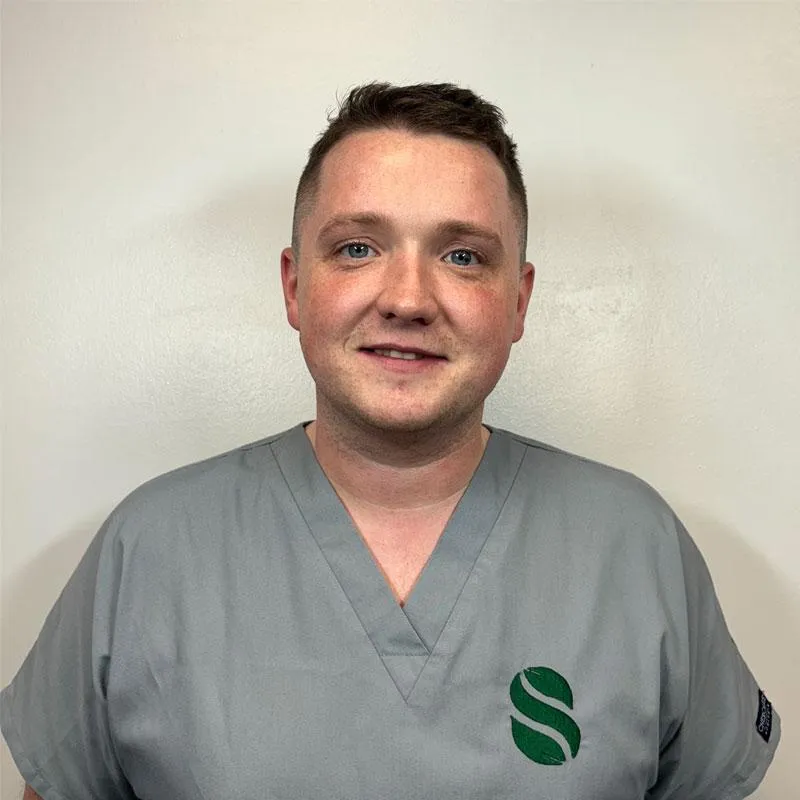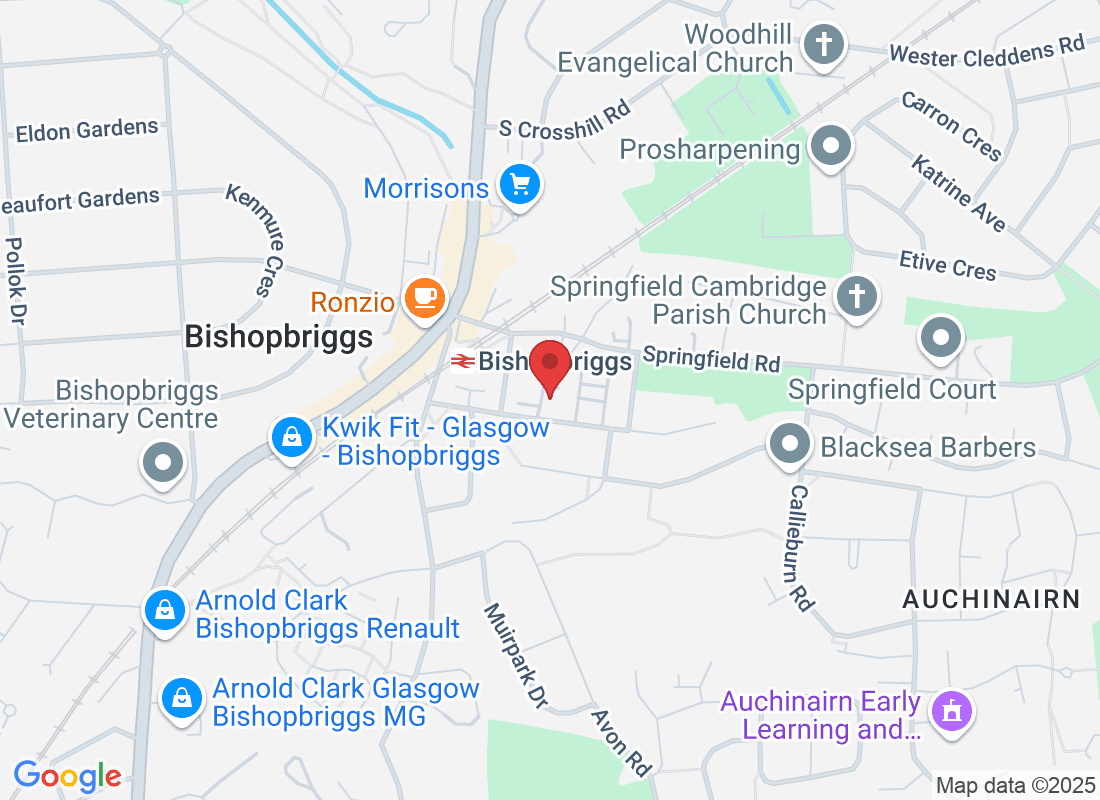
Corns vs. Calluses: What’s the Difference and How to Treat Them
Your feet do a lot of heavy lifting—literally. Whether you’re walking around Bishopbriggs, chasing after the kids, or hitting the golf course, they’re constantly at work. It’s no surprise that common foot issues like corns and calluses often pop up. But while they may seem similar at first glance, they’re actually two different conditions that require different types of care.
As your trusted podiatrist in Bishopbriggs, The Springfield Clinic is here to help you understand the difference between corns and calluses and guide you through safe and effective treatment options.
What Are Corns?
Corns are small, circular areas of thickened skin that usually develop on the tops and sides of the toes. They form as a response to pressure or friction, often caused by tight shoes, high heels, or toe deformities like hammertoes. Corns can be hard or soft, depending on their location and the amount of moisture they’re exposed to.
Hard corns: Typically found on bony areas like the tops of toes.
Soft corns: Found between the toes, where skin tends to be moist.
Corns often feel like there’s a small stone under your skin and can become painful, especially when pressure is applied.
What Are Calluses?
Calluses, on the other hand, are larger, flatter areas of thickened skin. They tend to develop on the soles of your feet—especially on the heels or balls of your feet—and are usually painless. Calluses form as a protective response to repetitive pressure or rubbing, often from walking barefoot, wearing ill-fitting shoes, or standing for long periods.
While calluses can feel rough or dry, they generally don’t hurt unless they become excessively thick or cracked.
What Causes Them?
Both corns and calluses are your body’s way of protecting the skin from damage due to friction or pressure. Some common contributing factors include:
Poorly fitting shoes
High heels or narrow toe boxes
Excessive walking or standing
Flat feet or high arches
Not wearing socks
Foot deformities or biomechanical issues
If you frequently deal with these conditions, it’s essential to get a proper gait assessment to identify any underlying causes that may be contributing to the problem.
How to Treat Corns and Calluses
While there are many over-the-counter treatments available, they often provide only temporary relief or come with risks if not used correctly. Here’s what we recommend at The Springfield Clinic:
1. Professional Debridement
A podiatrist can safely remove the thickened skin using sterile instruments. This provides immediate relief—especially for painful corns—and reduces the risk of infection.
2. Footwear Assessment
Wearing properly fitted shoes with enough toe room and cushioning is key. Our clinic offers advice on the best footwear to support your foot shape and lifestyle.
3. Custom Orthotics
If your corns or calluses are due to an abnormal gait or pressure points, custom orthotic insoles can redistribute pressure and prevent recurrence.
4. Padding & Protection
Toe separators, corn pads, and cushioned insoles can offer relief and reduce pressure on affected areas.
5. Moisturising & Exfoliation
For calluses, daily moisturising with urea-based creams and gentle exfoliation can help keep the skin soft and reduce buildup.
Important Note: Avoid using corn plasters or acid-based treatments without consulting a podiatrist, especially if you have diabetes or poor circulation.
When to See a Podiatrist
If your corn or callus becomes painful, inflamed, or infected, or if it keeps coming back, it’s time to book an appointment. Chronic issues could point to underlying problems with your gait, posture, or footwear.
At The Springfield Clinic, we provide comprehensive foot care, from diagnosis to treatment, to help you walk comfortably and confidently again. Whether it’s a one-off issue or something more persistent, our experienced team is here to help.
Prevention Tips
Choose shoes with a wide toe box and good arch support.
Wear moisture-wicking socks to reduce friction.
Avoid walking barefoot on hard surfaces.
Visit your podiatrist regularly for routine foot care.
Step Into Comfort with The Springfield Clinic
You don’t have to put up with painful corns or annoying calluses. Our team at The Springfield Clinic in Bishopbriggs is here to offer effective, personalised foot care. Whether you need routine maintenance or a full assessment, we’ve got your feet covered.
Book your appointment today and take the first step toward healthier, pain-free feet.



